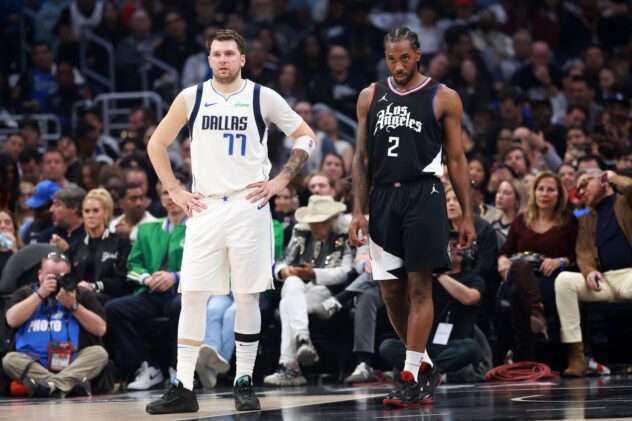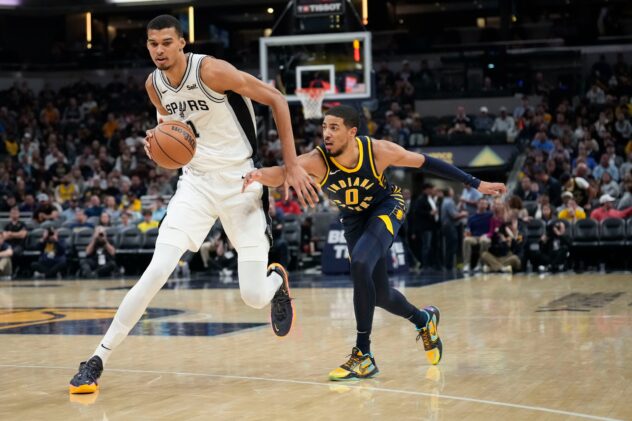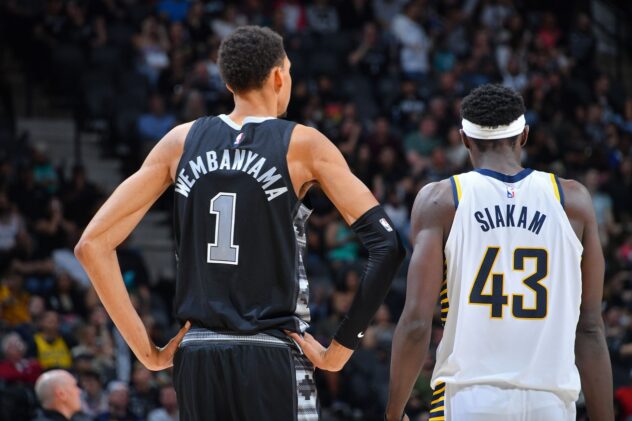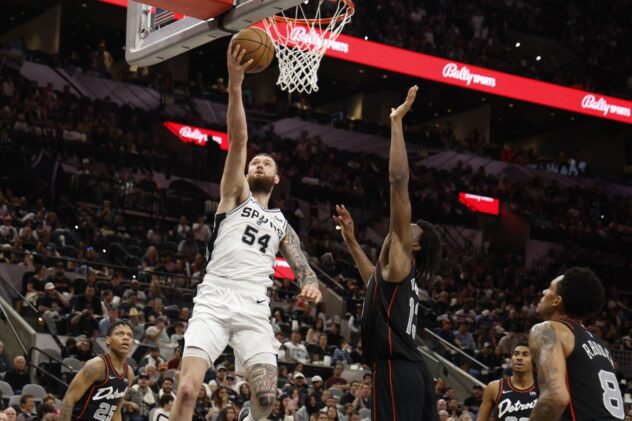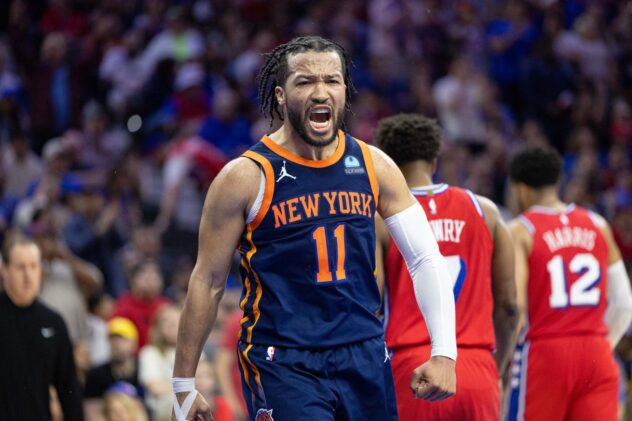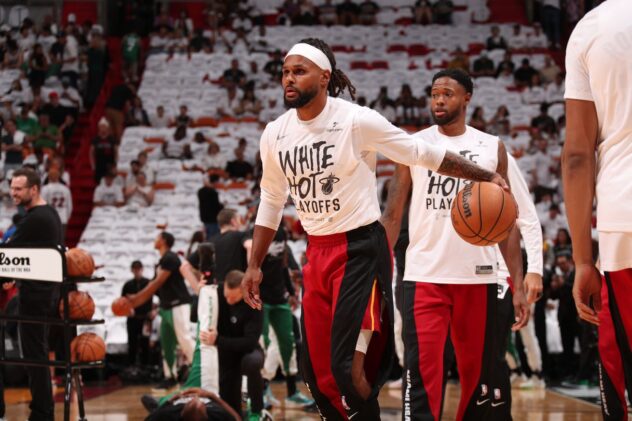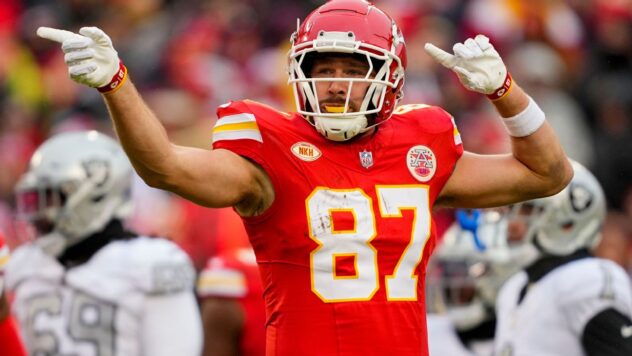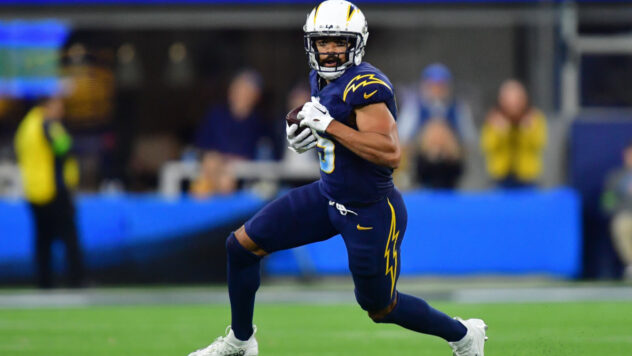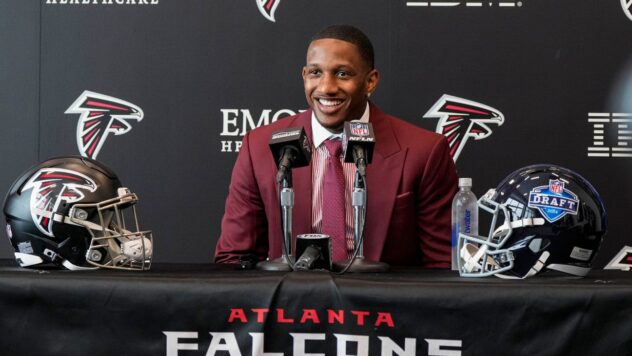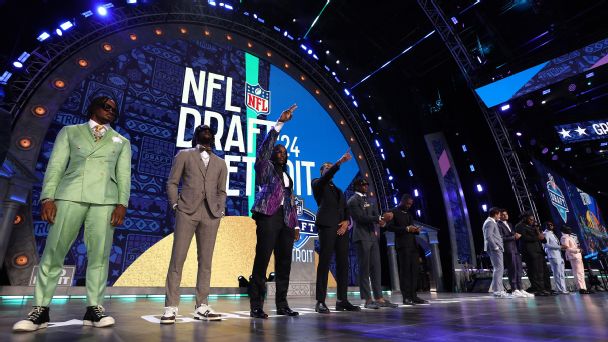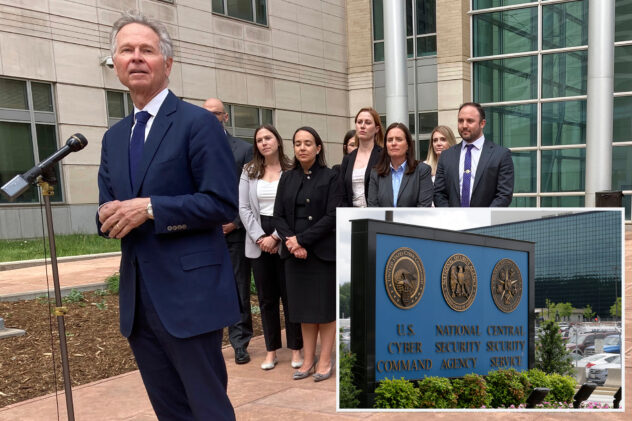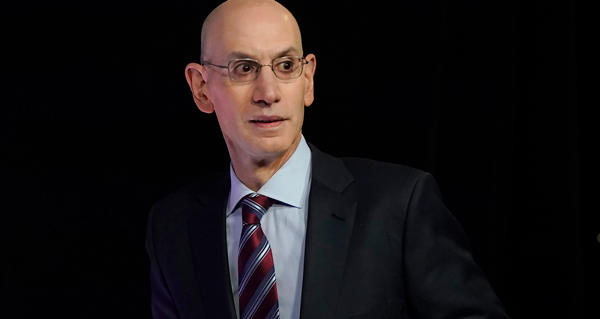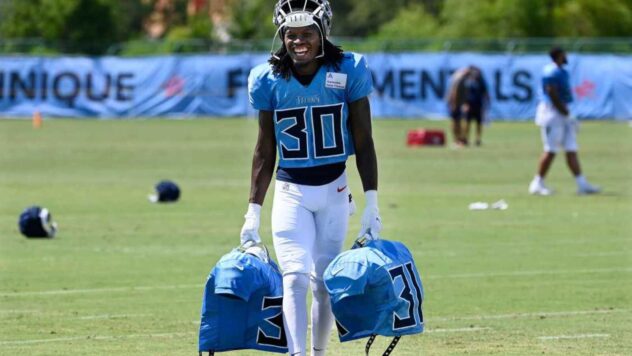Handicapping the Spurs’ 2020 draft picks, ver. 1.0
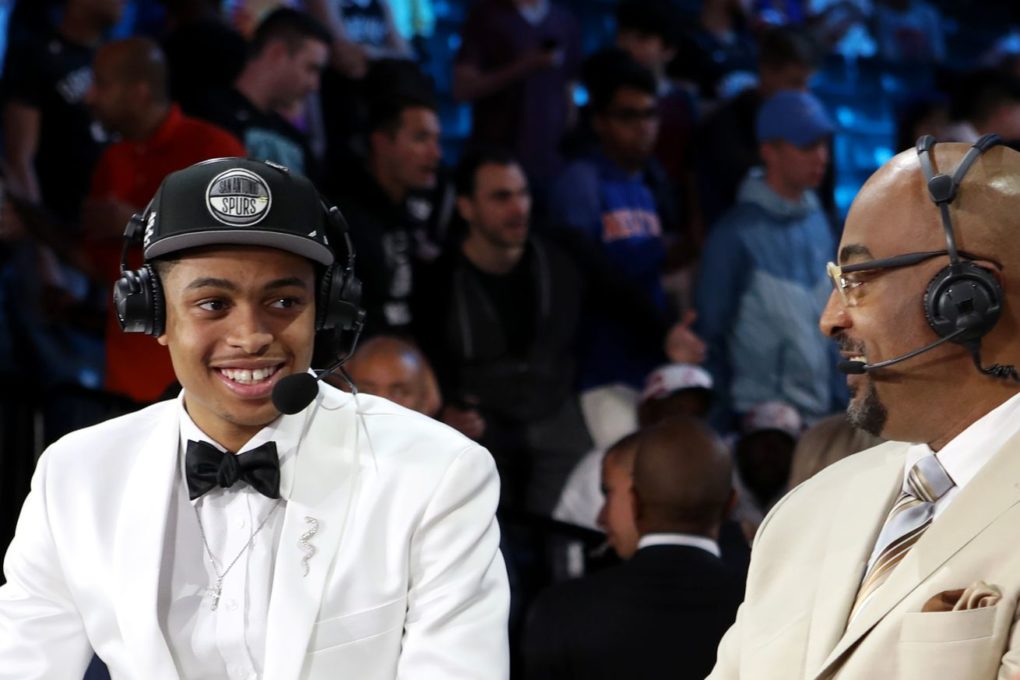
Photo by Jon Lopez/NBAE via Getty Images
A pre-lottery look at the college and international prospects the Spurs may select with their two picks.
Once the league figures out how it’ll tie a ribbon around this season, we can eventually expect some form of a 2020 NBA Draft to take place, probably via conference call a la last week’s NFL Draft, hopefully involving shots of teams selecting from their HQs and presumably based on the lottery odds as they stand now. Whenever it goes down, I’m sure we will all enjoy the distraction.
At this point there’s minimal public knowledge of how the Spurs will approach the draft. If the season is indeed done, we still need the lottery to take place to see if their first-rounder will improve upon the currently projected 11th pick. We also don’t know how the front office or potential free agents like DeMar DeRozan intend to handle the offseason, all of which can shape their roster-building.
That said, there’s still some information to parse, unpack and recalibrate in the months ahead to try and predict who they might be more predisposed to selecting. After all, we know who’s under contract, have a good idea of the future-facing core’s strengths and weaknesses, and can refer to Spurs quotes and selections that provide a partial lens into their thought processes through the years. There’s also a number of mock drafts out there that give us a weighted framework for which prospects may be on the board for the Spurs, and which may offer better value. When mapped against the Spurs’ likely draft slots, it creates an infallible algorithm like the one we used in last year’s version of this exercise. Did that formula have any luck on any of the Spurs’ 3 2019 picks? No. But, damnit, this year it will.
The gist of the formula is explained in last year’s article, although some of its logic has been tweaked since. From the various mocks — which will change through the coming weeks as new versions come out — we take an average of where players are expected to go. The rest of the numbers are influenced by the player’s S.P.U.R. score, detailed below.
Chance of being picked at 11 = (S.P.U.R. score) minus [1 divided by (1 divided by (11 minus average mock pick*))]
*If average mock pick is higher than 11, this section changes to (mock pick minus 11)
Calculating the S.P.U.R. score:
With other factors that reflect the Spurs’ needs and trends, we divvy out additional points that make some players more likely options than others. This year, those include:
- Three-point upside (+1 or +2): Every team cares about this, but the Spurs’ young core is especially low on elite shooting.
- International players (+3): A bit too on brand for PATFO, sure, but the Luka Samanic pick last season, especially over guys like Brandon Clarke and Matthise Thybulle who were available at 19, affirmed this as an evergreen PATFO dynamic.
- West Coast/Mountain time zone player (+3): Reheating this one from last year, some of the best value the Spurs have gotten in recent drafts have come from schools who play while parts of the country are asleep. That may be too simple a reasoning, but either way this seems enough a part of the team’s thought process to continue factoring in.
- Star upside (+2 or +4): The Spurs’ three young guards have all shown potential, but it’s fair to say there’s no clear path to a top-30 NBA player right now on the Spurs’ roster. Maybe Dejounte Murray gets there with his decision-making, Derrick White with turbocharged aggressiveness, or Lonnie Walker IV by becoming the best version of himself, but I wouldn’t feel comfortable betting even money on any of those at this time. The team should consider putting a premium on guys billed with high-end outcomes, even if they’re longshots.
- “Kentucky Factor” (+2): Here’s a quote from R.C. Buford last year when talking about the Keldon Johnson choice at 29:
“Sometimes, especially when they’re not the elite talent at Kentucky, you oftentimes get maybe lumped into a group of really good players and it may be difficult to separate yourself. The team had 3 guys drafted in the first round. That potential is there.”
This may have been a one-off comment, or it may have been a tip of the cap at the front office examining loaded teams like Kentucky and seeing untapped potential in players that don’t completely come into their own in those situations. Either way, we should probably run with it.
- Team interest (+2): In the years preceding this one, this would’ve come off reports of workouts and other rumblings of the Spurs looking at particular players. We’ll see how this news leaks this year, but we have heard of at least one interaction with a prospect — Trevelin Queen of New Mexico State. (Trevor Magnotti of Fansided recently spoke with Queen if you’re interested.)
Like last year, S.P.U.R. also accounts for position/archetype — with a few other factors that are more contextualized to team need in 2020.
Bigger wings (+10)
One of the most valuable players in today’s NBA is the versatile 3-4, a piece that can stretch the floor and make things happen on offense while erasing mistakes and, in the least, attempting to slow down the Kawhis, LeBrons and Lukas of the league. They also help unlock lineups that can make up for other lineup shortcomings. It’s an area where the Spurs are especially weak, further exacerbated by the drop in Rudy Gay’s play this season. This position should be a priority for the Spurs, either in free agency or in the draft. Maybe both.
Versatile bigs and primary ball-handlers (+6)
The Spurs’ selection of Samanic last summer was considered a reach by many, and it may have been. But it also seemed to signal the type of frontcourt player the team is putting a premium on: a big that can be more than just a finisher who depends on the creation of others. Samanic is one type of versatile big, but the Spurs could use more options in the frontcourt who can create for themselves and others.
Traditional bigs and smaller wings (+4)
Versatility with bigs still matters, but the Spurs also just need bigs in general to shore up their thin frontcourt. Jakob Poeltl is entering restricted free agency, LaMarcus Aldridge’s long-term future is unclear, and it doesn’t appear that 2015 first-rounder Nikola Milutinov is coming over any time soon. You can make the argument that there’s better value in finding big bodies for cheap in free agency, but team needs are accounted for here anyway in case the Spurs have a guy they really like.
Smaller wings are also less of a priority given the presence of Walker, White and Johnson, but the Spurs have shown no aversion to those types of players as they move towards smaller lineups.
Off guards (+2)
True two-guards here are considered players who can’t create well for others and aren’t necessarily versatile enough to defend up a position or two. They’re weighted the least.
With all that in mind, here’s how the S.P.U.R. score leaderboard stands right now:
15 points – Josh Green (Arizona)
14 points – Killian Hayes (ratiopharm Ulm — Basketball Bundesliga), Aaron Nesmith (Vanderbilt), Saddiq Bey (Villanova)
13 points – Patrick Williams (Florida State)
12 points – Devin Vassell (Florida State), Jordan Nwora (Louisville), Isaac Okoro (Auburn), Nico Mannion (Arizona)
Freshman wing Josh Green gets the most love here, as he ticks the 3-and-D box with his 6-6 frame and 6-10 wingspan. He also benefits from bonus points for being on the right side of the country and playing for a program that, like Kentucky, is starting to churn out high-level talent. Arizona has three guys who may go in the first round this year.
11th pick:
Devin Vassell (11.3)
Aaron Nesmith (9.6)
Tyrese Haliburton (9.4)
Isaac Okoro (8.7)
Killian Hayes (8.4)
41st pick:
Malachi Flynn (7.7)
Paul Reed (6.25)
Jordan Nwora (5.5)
Keyontae Johnson (3.5)
Grant Riller (3.3)
Final takeaways, ver. 1.0
Look, the algorithm’s math is sound, its logic impeccable, for a second year running. Does that mean that this is how the draft will turn out? Almost certainly not. Players will shift up and down mock drafts, rumors will (hopefully) leak of more team interest in certain guys, and we may re-weigh certain prospects’ strengths based on more scouting reports. For now, Devin Vassell from Florida State appears to have pole position for the 11th pick, edging guys like Josh Green by virtue of his mock draft pick being close to where the Spurs will select.
Handicapping the Spurs’ 2020 draft picks, ver. 1.0
Handicapping the Spurs’ 2020 draft picks, ver. 1.0

